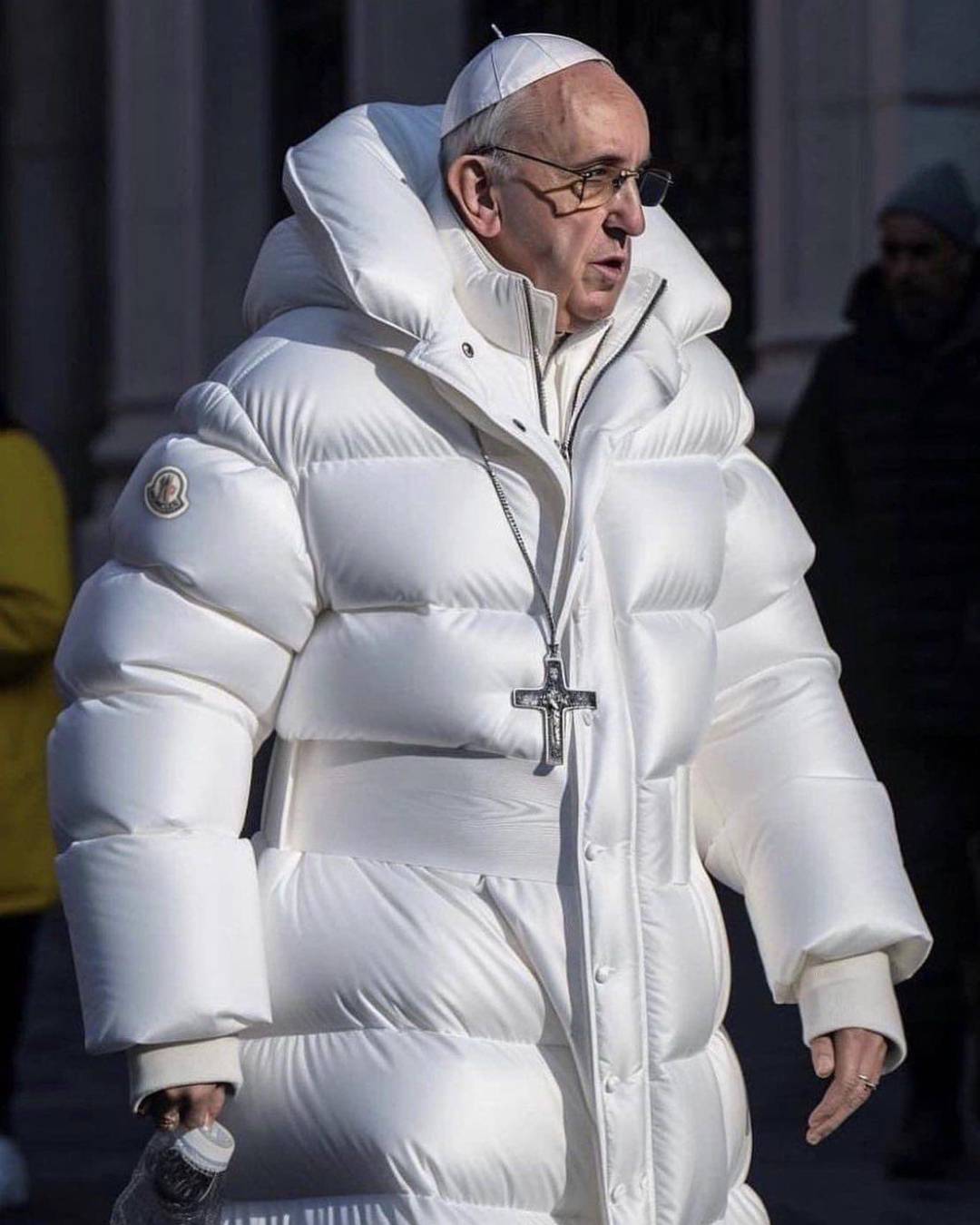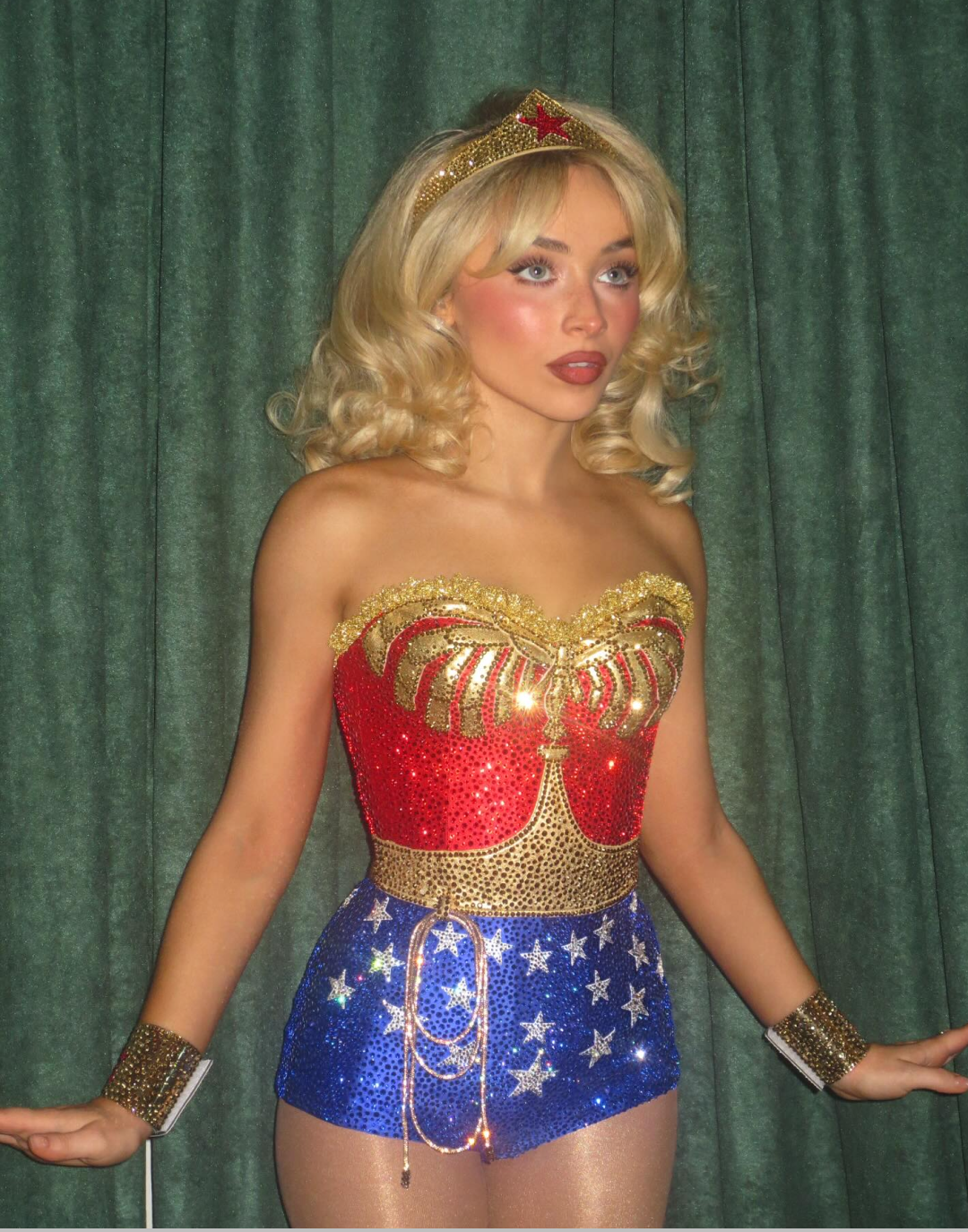
Why the picture of the Pope with the white puffer has gone viral And the strange world of deepfakes
An artificial intelligence-generated image showing Pope Francis wearing a tunic, a cross, and an oversized white puffer that could easily look like a fashionable new Moncler piece has gone viral on social media. The image, created by an artificial intelligence called Midjourney and initially shared on Reddit, harmless as it may be, soon triggered an endless loop of re-shares. Users were shocked and confused, not only because they were introducing the world to the hype-boy version of the Pope, but also because they were reopening the age-old debate about the danger of deep fakes at a time when chat GBT seems to be the ultimate achievement of humanity.
An AI-generated photo of a fashionable Pope Francis is going viral. pic.twitter.com/D2lH5zU0to
— Pop Tingz (@ThePopTingz) March 25, 2023
The term deep fake is a neologism born from the union of the words "fake" and "deep learning" and refers to a specific AI technology that can synthesize a human image from real content (images, videos, and audio files) to alter or replicate the features and movements of a face or body, or faithfully imitate a particular voice. Recent cases include the (fake) images showing the arrest of Donald Trump by US law enforcement. They were created and circulated by the founder of Bellingcat, an investigative journalism group specializing in fact-checking and open-source intelligence, Eliot Higgins. The photos have shocked the public not only because of their extreme realism but also because the former president is actually facing arrest for paying porn star Stormy Daniels $130,000 to buy silence about her affair in 2016. However, the trial is due to take place in 2024, just before the election, and from the escape attempt to the hard work behind bars in a yellow jumpsuit to the attachment posted by another user imagining Trump as Putin's cellmate, complete with sexual chemistry between the two, it was at some point more than clear that someone with a vivid imagination was using AI to portray his fantasies. Higgins himself made this known from the beginning: «I am taking pictures of Trump's arrest while I am waiting for Trump to be arrested». He thus circumvented Twitter's algorithm, which would never have allowed the dissemination of such violent images if they had not been declared fake.
Making pictures of Trump getting arrested while waiting for Trump's arrest. pic.twitter.com/4D2QQfUpLZ
— Eliot Higgins (@EliotHiggins) March 20, 2023
Trump, despite himself, has become the spokesman for a technology that is beginning to arouse fears because of its incredible ability to reproduce reality in which true and false are extremely difficult to distinguish. This has been seen in the recent extraordinary developments of ChatGPT, Bing, and Bard: the political consequences can be devastating in a world where information is becoming more social and news control more complex - just think of the viral video of Putin declaring peace with Ukraine in 2022. Restricting the use of technology that is open to all is complex in and of itself, even as schools and private companies take steps to create policies to do so. This week, it was revealed that US multinational financial services firm JPMorgan Chase & Co. is restricting its employees' use of the chatbot ChatGPT, and Holden Thorp, editor-in-chief of the leading US journal Science, announced an update to its editorial policy banning the use of ChatGPT when writing articles. It remains to be seen how policies will evolve to restrict a technology of which we have so far only had a small taste.















































